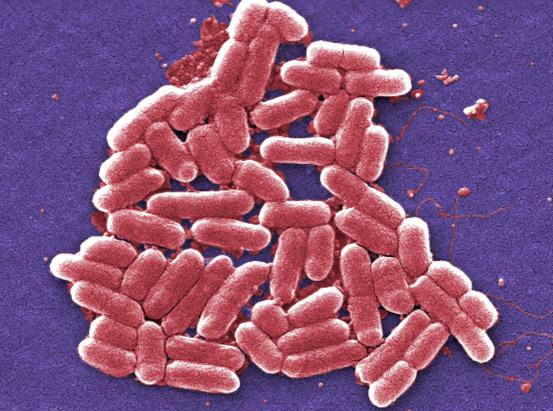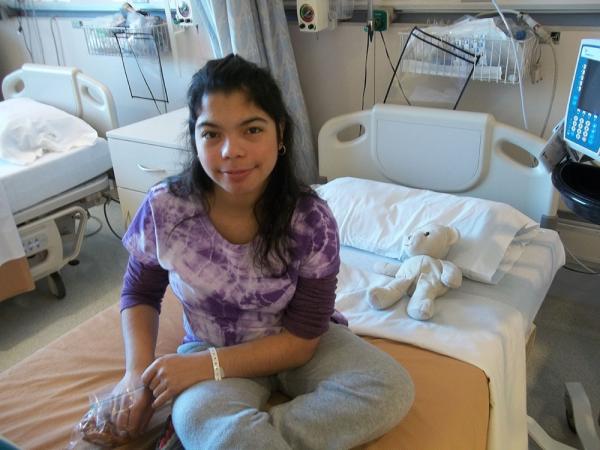RNA-Targeting Therapeutic Restores Protein Absent in Spinal Muscular Atrophy
New Approach Could Enhance Existing Treatments for Debilitating Genetic Disease
The prospect of editing our DNA to treat genetic diseases may have captured the imaginations of scientists and the public in recent years, but that doesn’t mean there aren’t other ways of combating these illnesses. Many promising therapies act not on DNA itself but rather on DNA’s often overlooked cousin, RNA. For instance, experiments in cells performed by IRP researchers have shown promising results or a RNA-targeting therapeutic developed to treat the debilitating genetic disease spinal muscular atrophy.










